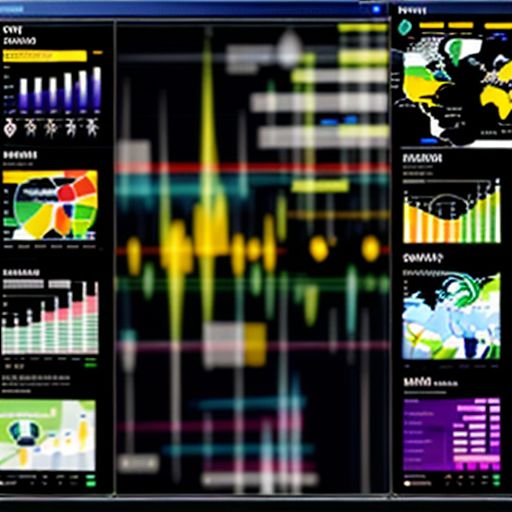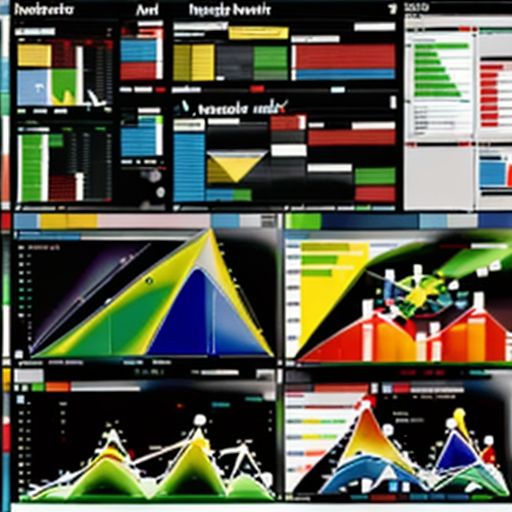Imagine a bustling control room, screens flashing with data points from across a network. This is the world of Security Information Event Management (SIEM), a critical aspect of modern cybersecurity. But what exactly is SIEM, and why is it so important for businesses of all sizes?
What is Security Information Event Management (SIEM)?
In essence, SIEM is a type of security software that provides a centralized platform for collecting, analyzing, and managing security data from various sources within an organization’s IT infrastructure. Think of it as a powerful detective for your network, constantly gathering clues and looking for suspicious activity.
Here’s how it works:
- Log Collection: SIEM aggregates log data from diverse sources like servers, firewalls, antivirus software, and intrusion detection systems.
- Correlation and Analysis: The real magic happens as SIEM correlates these disparate events, identifying patterns and anomalies that might indicate a security threat.
- Alerting and Reporting: When potential threats are detected, SIEM triggers alerts, notifying security teams in real-time. It also generates comprehensive reports for compliance and incident response.
management.lux36.com/wp-content/uploads/2024/07/siem-dashboard-6694d0.jpg" alt="SIEM Dashboard" width="512" height="512">SIEM Dashboard
Why is SIEM Important?
In today’s increasingly complex threat landscape, relying solely on individual security tools is no longer sufficient. SIEM offers a unified security approach, providing organizations with several key advantages:
- Enhanced Threat Detection: By correlating events from different sources, SIEM can detect sophisticated attacks that might otherwise go unnoticed.
- Faster Incident Response: Real-time alerts and detailed reporting enable security teams to respond to incidents swiftly and effectively, minimizing potential damage.
- Improved Security Posture: SIEM helps organizations gain a holistic view of their security posture, identifying vulnerabilities and areas for improvement.
- Compliance Requirements: Many industry regulations, like HIPAA and PCI DSS, require organizations to implement robust security monitoring and log management practices, which SIEM solutions directly address.
Key Questions About SIEM
As you delve deeper into the world of SIEM, you’ll likely have several questions. Here are some of the most common queries:
What are the key features to look for in a SIEM solution?
- Log Management and Retention: Ensure the SIEM can handle the volume and types of logs your organization generates and meets data retention requirements.
- Correlation Rules and Analytics: The effectiveness of SIEM hinges on its ability to correlate events accurately. Look for customizable rules and advanced analytics capabilities.
- Real-Time Alerting and Reporting: Timely alerts and comprehensive reports are crucial for effective incident response and compliance.
- Scalability and Integration: Choose a SIEM that can scale with your organization’s needs and integrate seamlessly with your existing security infrastructure.
What are some common SIEM use cases?
- Threat Detection and Response: Identifying and responding to malicious activities like malware infections, data breaches, and insider threats.
- Compliance Reporting: Generating reports to demonstrate compliance with industry regulations and security standards.
- Vulnerability Management: Identifying and prioritizing vulnerabilities within the IT infrastructure.
- Security Monitoring: Continuously monitoring network activity for suspicious behavior and policy violations.
Conclusion
Security Information Event Management (SIEM) has become indispensable for organizations looking to enhance their security posture and navigate the complexities of modern cyber threats. By providing a centralized platform for security data management, SIEM empowers organizations to detect threats proactively, respond to incidents effectively, and strengthen their overall security posture.
If you’re ready to elevate your cybersecurity strategy, exploring SIEM solutions is a crucial step. Share your thoughts, experiences, and any further questions you might have in the comments below! Let’s continue the conversation about building a more secure digital future.




